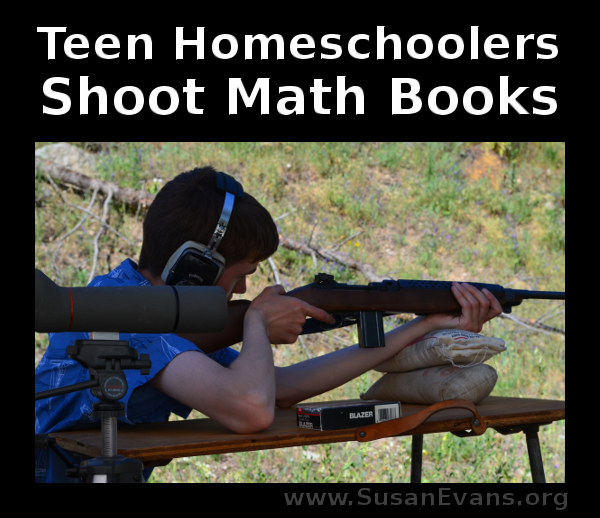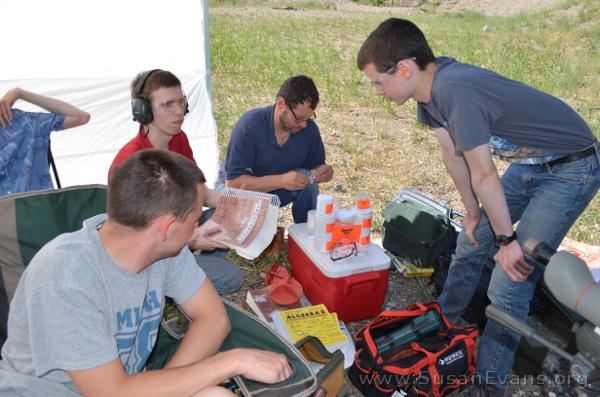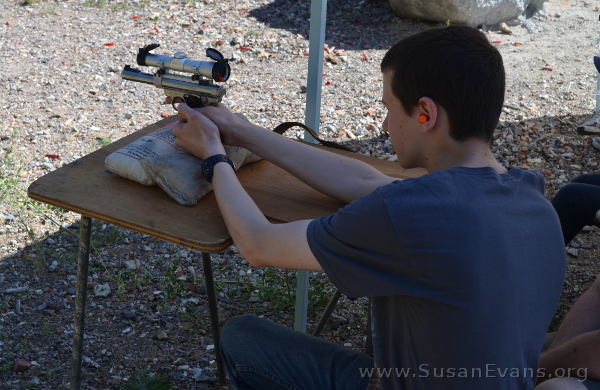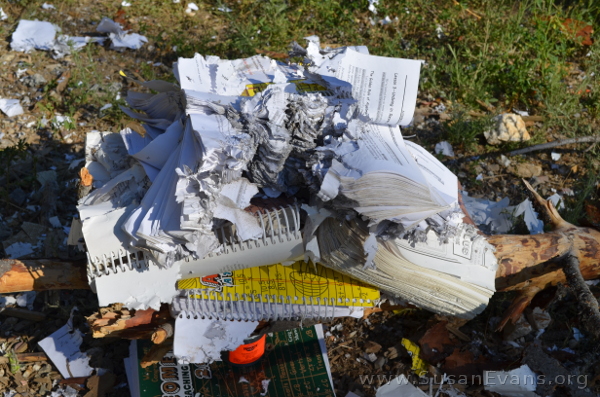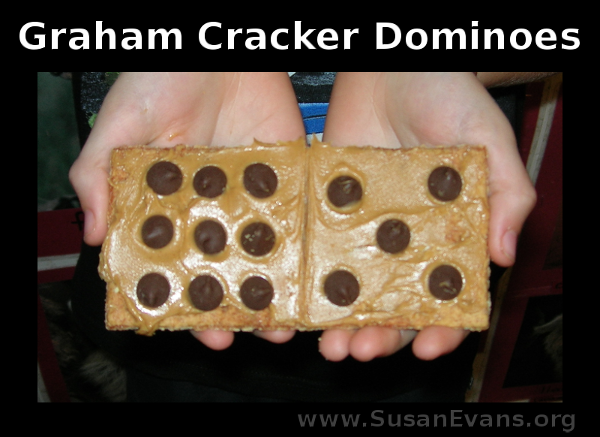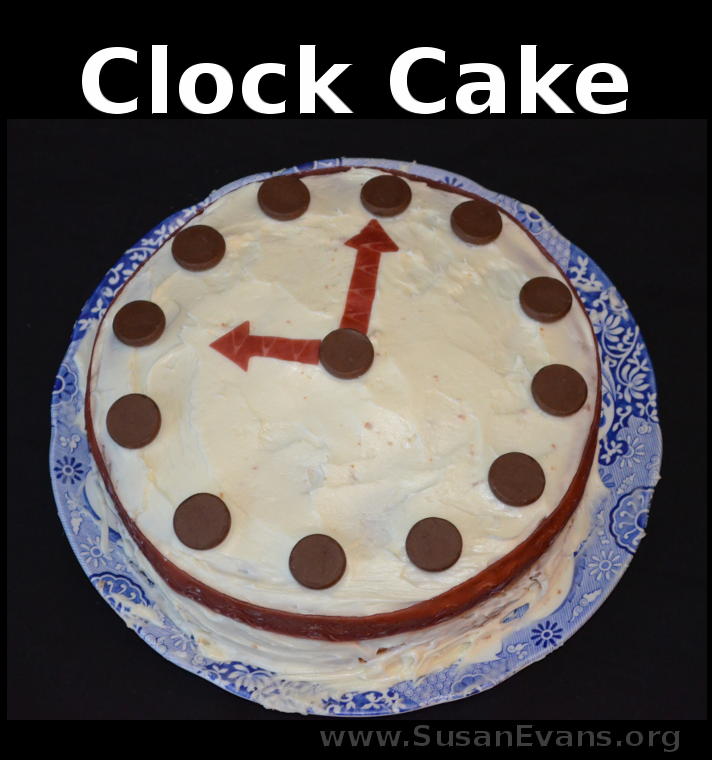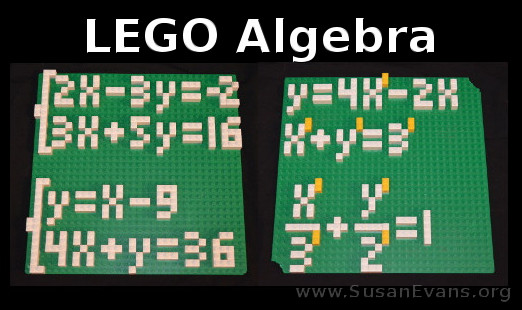My teen homeschoolers had fun shooting their math books yesterday at the shooting range, culminating in exploding the math books to smithereens. My oldest son said the following quotes before being the first to shoot his math book:
- “Pre-calculus took away one year of my life.”
- “Pre-calculus is the worst thing that ever happened to me.”
- “Pre-calculus ruined my life.”
Even though the aforementioned teen got A’s on his pre-calculus, it took him an inordinate amount of time to finish his math each day, cutting into his free time. “Today is payback,” I said, looking in his direction. He grinned as he saw his math book fly up into the air while being shot.
I do need to say that I have been pleased with the homeschooling math books that we’ve used, just in case you figure out what brand of book was exploded by my family. It’s a course that my kids did on the computer, with explanations for higher math that I would never have been able to teach myself, seeing as how I never took pre-calculus in school. My husband thought it would be a good idea to teach our kids to think, hence they were required to go all the way through pre-calculus before they graduated high school.
Obviously my oldest son didn’t appreciate being taught to think in this way, hence his glee at seeing the utter destruction and annihilation of his math book, along with his brothers’ and sister’s math books, which were also demolished.
This was the destruction after the shooting and before the explosions:
Teen Homeschoolers Shoot Math Books (Video)
In this short 1-minute video, you will see the shooting and exploding of math books. We also show the book carnarge: first of the shooting, then of the explosions. Enjoy.
A good time was had by all. For those who have never heard of tennerite, it’s an explosive target that combines oxidizers and a fuel (aluminum powder) that are combined together and mixed right before setting up the target. The two components are stored separately until you are ready to use it. This is what we used for the explosions.
Here is a close-up photo of the utterly demolished homeschool math books after being shot and exploded.
Hope you enjoyed joining us for the demolition of our math books!
